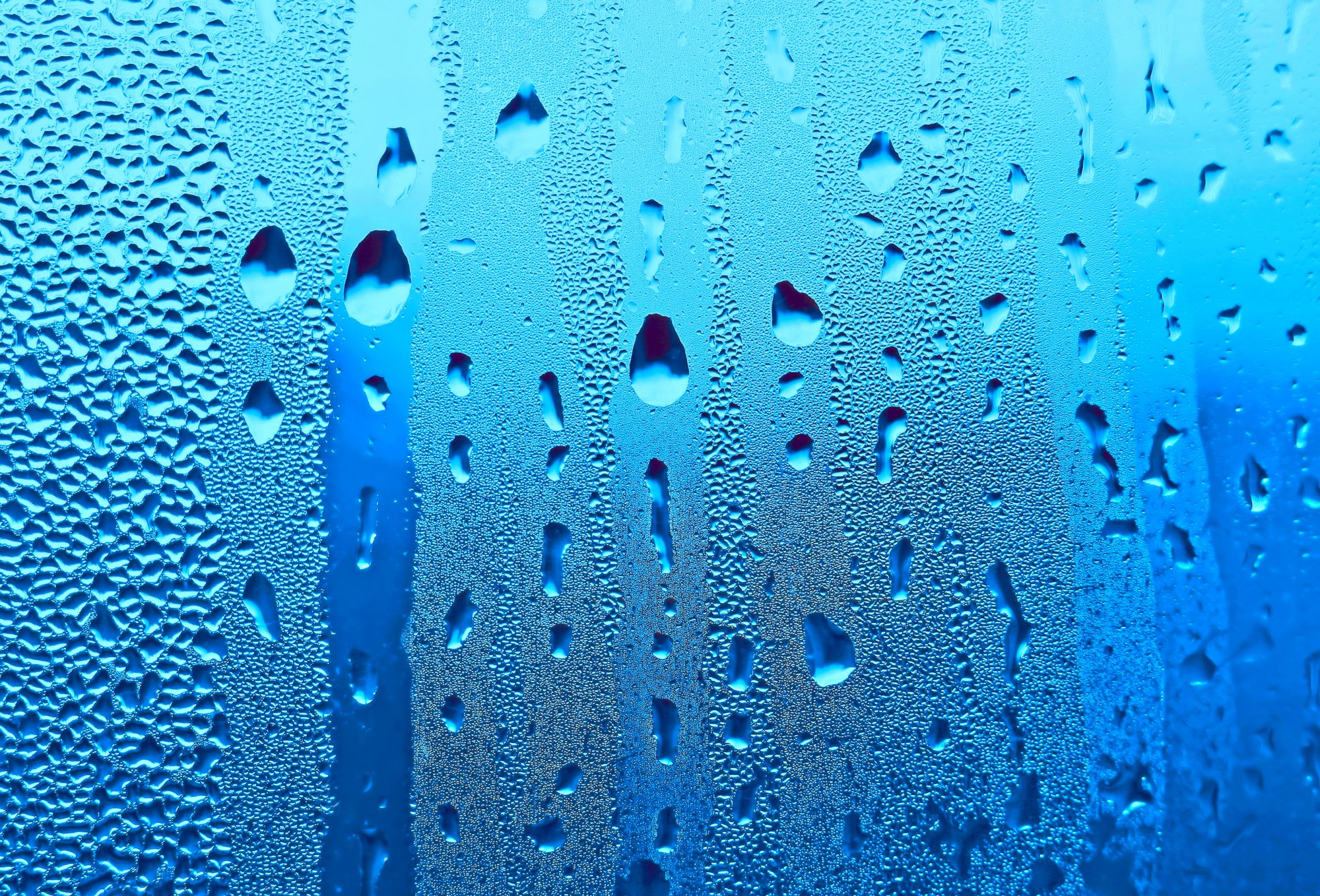Proper surface preparation is the foundation of any successful coating application. The effectiveness and longevity of coatings, particularly in industrial and marine environments, depend heavily on how well they adhere to the substrate. However, achieving optimal adhesion is not just about applying the coating correctly—it’s about controlling the environment of the coating application. This is where dehumidification plays a crucial role.
Why Dehumidification Matters in Coating Processes
Humidity is one of the most significant environmental factors affecting coating performance. High humidity levels can lead to moisture condensation on surfaces, which in turn causes flash rust, blistering, and even complete coating failure. Studies estimate that 60 to 80% of premature coating failures are linked to inadequate or improper surface preparation, often due to moisture-related issues.
Maintaining the right conditions during the coating process is essential. The steel surface temperature should always be at least three °C (5°F) above the dew point to prevent condensation. Dehumidification systems are the most effective way to ensure these conditions are met, as they remove excess moisture from the air, maintaining a low relative humidity (RH) critical for preventing corrosion.
Benefits of Dehumidification in Coating Applications
Utilizing a dehumidification system offers several advantages:
- Prevents Flash Rust and Condensation: By keeping the air dew point below the surface temperature, dehumidification systems prevent the formation of flash rust and ensure that coatings adhere properly to the substrate.
- Enhances Coating Longevity: A controlled environment extends the life of the coating, improving its performance by 1.5 to 2 times compared to coatings applied without dehumidification.
- Improves Intercoat Adhesion: Consistent moisture control between coats prevents delamination and enhances the overall integrity of the coating system.
- Increases Productivity: With the ability to work in any weather condition, contractors can maintain their schedules without delays, reducing project time and costs by up to 35%.
Introducing DragX: Enhancing Coating Performance
While dehumidification is essential for preventing moisture-related coating failures, it’s also important to consider the quality of the coating materials themselves. DragX, a cutting-edge nanotechnology surface treatment, works hand-in-hand with dehumidification to offer unparalleled protection for coated surfaces.
DragX enhances the durability and effectiveness of coatings by providing an additional layer of defense against corrosion and environmental wear. Its advanced formulation ensures that even in challenging environments—where humidity and other factors could compromise the coating—DragX maintains the integrity of the protective layer.
Combining Dehumidification with DragX for Optimal Results
For industries where coating performance is critical, combining the benefits of dehumidification with the advanced protection offered by DragX can lead to superior results. This dual approach not only prevents moisture-related issues but also strengthens the coating’s resistance to wear and corrosion, ensuring long-lasting protection for vital infrastructure.
Proper dehumidification is a non-negotiable aspect of successful coating applications. When paired with high-performance solutions like DragX, the result is a robust, durable coating that stands the test of time, regardless of the environmental challenges it faces. To learn more about the effects of DragX, reach out to us here.

